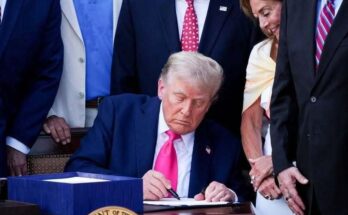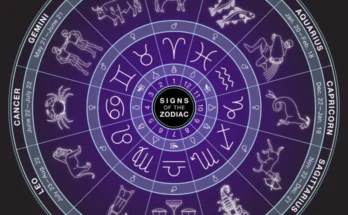
Trump’s Second Term Approval Ratings Reveal a Nation Divided
For weeks, Washington insiders, political analysts, and journalists speculated that the latest presidential approval ratings would paint a grim picture. Now that the data is in, their predictions have been confirmed, revealing sharp divisions in public opinion and underscoring the contentious landscape of Donald J. Trump’s second term. While some view the results as validation of long-standing media narratives, others see them as unmistakable evidence of the country’s deep political polarization.
A Presidency Under Constant Scrutiny
Nine months into his second term, President Trump continues to govern at a breakneck pace. His administration is marked by rapid decision-making, a flurry of executive actions, and an unwavering approach to leadership. Supporters admire his resilience and refusal to compromise on key issues, seeing him as a fighter who stands up to what they perceive as relentless attacks from the media and political opponents.
Yet, critics argue that this nonstop turbulence has eroded public confidence. Amid domestic and international challenges—from heated legislative battles and immigration debates to complex foreign policy crises—the administration’s swift, often abrupt, approach has fueled uncertainty. These dynamics have sparked ongoing debates over the stability and effectiveness of Trump’s leadership, leaving many questioning the long-term impact of his presidency.
What the Numbers Really Show
Approval ratings are more than a reflection of one man’s popularity—they are a mirror of America’s fractured society. For some, Trump embodies strength, resilience, and defiance in the face of adversity. For others, he represents chaos, division, and political fatigue. The starkly polarized numbers highlight how deeply the nation is split along political, cultural, and ideological lines.
Polling data makes this divide clear: Trump maintains overwhelming support among Republican voters, particularly his base, while facing widespread disapproval from Democrats and independents. These figures reflect tensions that extend beyond politics, touching on identity, economic opportunity, and cultural values.
Beyond the Polls: The Bigger Picture
While approval ratings offer a snapshot of public sentiment, they only tell part of the story. They capture the mood of the electorate but not the long-term consequences of policy decisions or the substance of governance. In a country already strained by partisan politics, economic inequality, and cultural clashes, the ratings often reveal more about the state of the American republic than about the president himself.
These numbers are also influenced by external factors—media coverage, current events, economic trends, international crises, and social movements—all of which can sway public opinion independent of presidential action. Understanding this context is crucial for interpreting what the ratings truly signify.
Looking Ahead: Bridging the Divide
The critical question now is how President Trump will respond to these historically low approval ratings—and how the nation will navigate its internal divisions. The United States faces pressing domestic and global challenges, from economic uncertainty and climate change to geopolitical tensions and social unrest. How Americans choose to address these issues and reconcile their differences will shape the country’s future stability.
The next chapter of Trump’s presidency—and the nation’s political trajectory—will hinge on whether leaders, citizens, and communities work to bridge these divides or allow them to deepen. The resilience of American democracy will be tested not only by its president but by the willingness of the people to seek common ground and pursue shared goals.
A Mirror of the Nation
Ultimately, the historic low approval ratings of Donald Trump’s second term offer more than political insight—they provide a window into a nation wrestling with profound challenges. They remind us that the story of a presidency is inseparable from the story of the country itself: a complex, evolving narrative shaped by competing visions, hopes, and fears.


